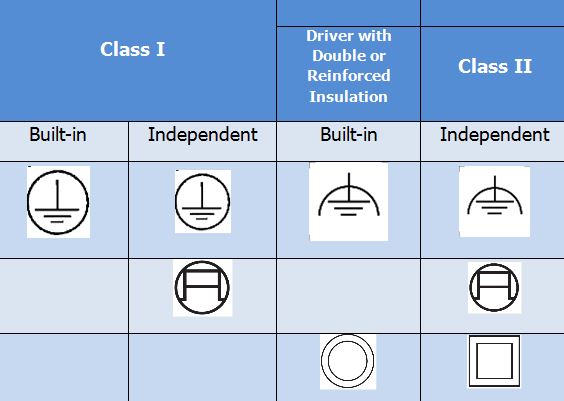
Far removed from the classic tagline that we all know by heart of ‘Class I built-in driver with earth’ and ‘Class II independent driver without earth’, the changes that have been made to safety standards EN 61347‐1 and EN 61347-2-13 over recent years have resulted in this classification not being quite as straightforward as before. This is because each denomination involves a series of implications and consequences.
Taking the standard EN 61347-1 as a starting point and depending on their installation method, LED drivers can be clearly divided into either ‘built-in’ or ‘independent’:
- If the driver is ‘built-in’, it must be integrated into a solution, such as a lighting fixture. In this case, it is not identified by any special symbol.
- If, on the other hand, the driver is ‘independent’, it can be installed externally to the lighting fixture with no additional enclosure, for example, in a false ceiling. In this case, aspects that previously used to affect the lighting fixture and have implications for its design and certification will now impact on the surface itself:

Using independent power supplies simplifies the design of the lighting fixture in a host of constructive aspects relating to insulation and safety.
However, depending on its level of protection against electric shocks, devices can be classified as ‘Class I’ and ‘Class II’:
- If a driver is Class I, it must be equipped with a ‘protective earth’ connection and be classified as either ‘Built-in’ or ‘Independent’. As a minimum, the driver must have a basic level of insulation between the active and accessible parts (above all, metal components and conductors). In the case of an 'Independent’ driver, as it is Class I, it is still mandatory for it to be equipped with a ‘protective earth’, although this is not common. Drivers can be ‘Class I built-in’ or ‘Class I independent’, marked as follows:
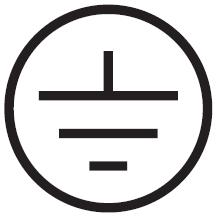
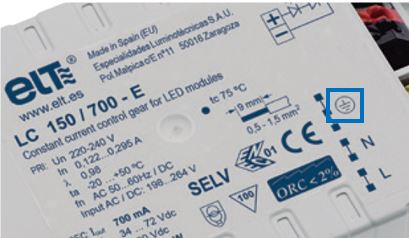
- Where a driver is Class II, there will never be a ‘protective earth’, however a 'functional earth’ connection may be necessary to optimise technical aspects such as EMI/EMC, shock waves, lightning or THD. These drivers have double or reinforced insulation between their active and accessible parts and between elements that are active and accessible to the ‘functional earth’ (if it exists). The following examples illustrate Class II-Independent drivers, without and with ‘functional earth’ connections:
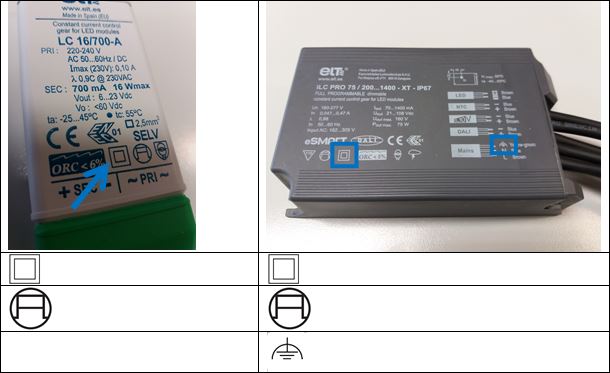
There are also Class II-built-in devices that do not carry the 'Independent Driver' symbol.
From our point of view, the availability of assemblies in which every part can be connected to a protective earth, functional earth or to an equipotential mass point is essential to ensure adequate protection against power surges in differential mode and in common mode.
- We can also find 'Built-in Drivers with Double or Reinforced Insulation’. These drivers have been designed in accordance with safety standards EN 61347-1 and 61347-2-13 for double or reinforced insulation against electric shocks due to contact with accessible parts and are suitable for installations in both Class I and Class II lighting fixtures :
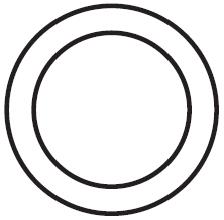
These drivers are marked as follows:
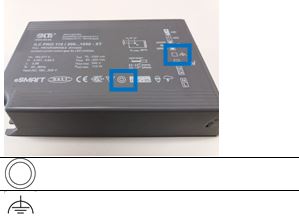
Both types (‘Class II’ drivers and ‘Drivers with Double or Reinforced Insulation’) have been designed in such a way that they cannot contain a ‘protective earth’ connection. However, they can have a ‘functional earth’ connection to optimise technical aspects such as EMI/EMC, shock waves, lightning and THD. Their installation varies depending on whether the lighting fixture is Class I or Class II:
- In Class I lighting fixtures, the protective earth conductor is strictly mandatory. The protective earth must be connected to the chassis and to internal metal parts, as well as to the functional earth connector of the driver.
- In Class II lighting fixtures, an equipotential connection or a star configuration functional earth conductor is recommended between the chassis and every inaccessible conductive element of the luminaire and the functional earth connector of the driver. This avoids problems of electromagnetic compatibility, reduces residual brightness in the LEDs when in standby mode and provides protection against shock waves.
For outdoor lighting devices, ELT has opted for ‘Built-in Drivers with Double or Reinforced Insulation’ (and always provided it is possible, depending on other applicable parameters, SELV) that offer an equipotential or functional earth connection. This has been proven to be the safest solution to protect against shock waves and lightning in common mode, in addition to optimising another set of parameters.
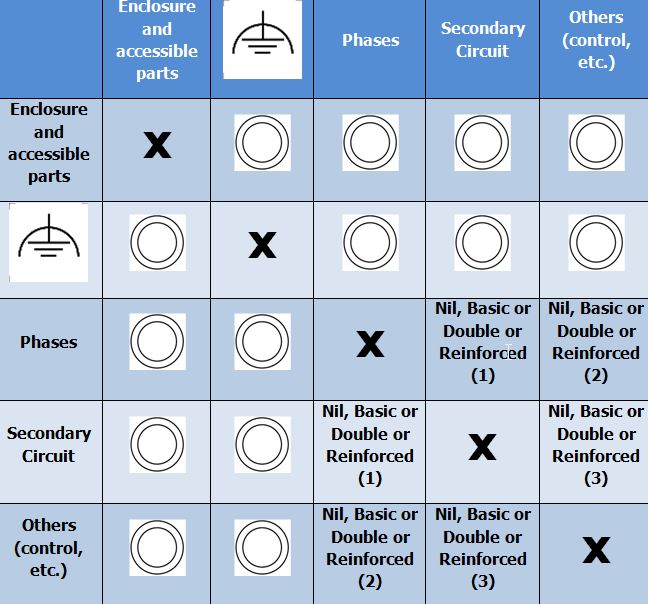
Level of insulation between the different components in ELT drivers with double or reinforced insulation for street lighting applications
As a final comment, it is worth trying to clarify the misunderstanding that sometimes arises over Class 2 drivers according to the NEC (National Electric Code) classification, which refers to the voltage and output power of AC-DC power supplies and defines the requirements about the size of the cable, protection against over-current, insulation, wiring methods and installation materials. This is a US standard, developed by consensus with the NFPA (National Fire Protection Association). It is not harmonised with other countries, which means that the definition of Class 2, according to the NEC, is only applicable in the USA or in countries that use this American standard.
The classification of Class II devices, by contrast, refers to the internal construction of a driver and to its electrical insulation according to the IEC (International Electrotechnical Commission), as already mentioned in this article, which is in line and coherent with each and every national directive in every IEC member country (in Spain, UNE standards).
Iván Elizondo
Field Application Engineer

